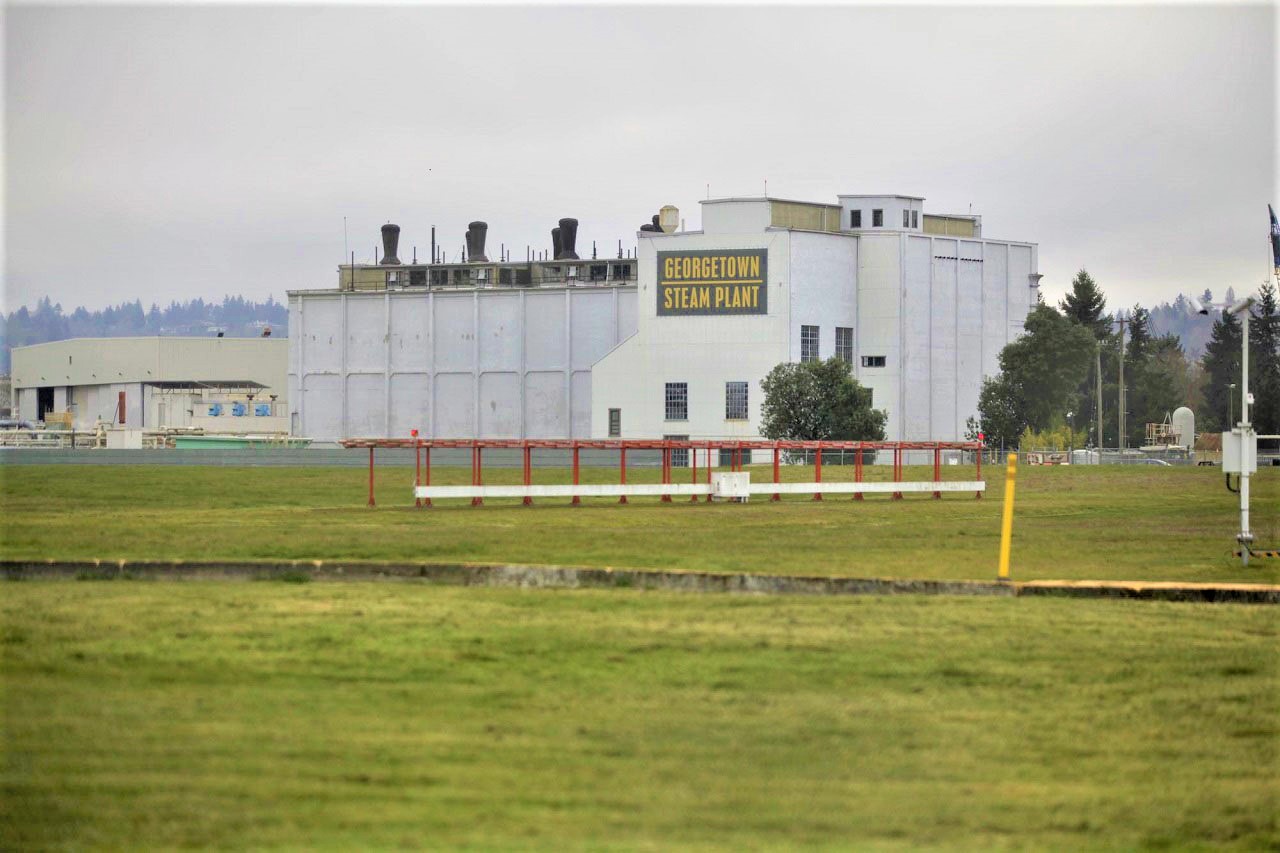An industrial Seattle landmark is getting a dramatic new lease on life. The 114-year old Georgetown Steam Plant — constructed in 1906 to power the city’s electric streetcar and Tacoma-bound railway lines — will become a state-of-the-art education, science and arts center, to open in three to five years.
Seattle City Light, which owns the local and national historic landmark, is working with a newly created nonprofit partner to revamp, manage and oversee programming at the Steam Plant. Called The Georgetown Steam Plant Community Development Authority, the organization is slated to sign a master lease (25 years with two 15-year extensions) with Seattle City Light this spring or summer, which will require approval by the City Council.
The cost of rehabbing the new arts center and museum is estimated at $10 million, which the nonprofit will cover. The upgrades will improve accessibility and seismic safety. Other major renovations, spearheaded and financed by Seattle City Light, are already underway.
“It’s going to be a bona fide museum in the Georgetown neighborhood,” says Julianna Ross, Seattle City Light’s community program developer for Georgetown Steam Plant.
Sam Farrazaino, creator and developer of the sprawling art studio complexes Inscape Arts (in the former INS building) and Equinox (in Georgetown), has grand visions for the space.
“I want to do as much stuff as possible to get more people in here,” says Farrazaino, who describes the new Steam Plant as an “industrial cathedral” where people will be able to “set their imaginations on fire.”
The planned mixed-use space will include a museum for tourists, history buffs and students who want to examine the turbines and engineering feats up close; a hub for STEAM (Science, Technology, Engineering, Arts and Mathematics) education; and a community arts center with regular events, performances and artist residencies. The plant’s 20,000-square-foot interior will stay mostly the same — raw — with no stages or permanent seating to be added. The revamped plant’s audience capacity will be roughly 700 people.
Farrazaino says he hopes to work with a long list of local partners, like Reel Grrrls, the feminist filmmaking nonprofit; the Duwamish Nation; Georgetown galleries such as Studio E and Oxbow; as well as the Technology Access Foundation.
Already confirmed partners include arts education nonprofit Arts Corps and the Environmental Coalition of South Seattle (ECOSS), a South Seattle nonprofit specializing in multicultural environmental education and technical assistance.
Arts Corps will establish a space for arts education on the site, which will be the key location of its Learning Immersive Tech program, offering classes in game design as well as augmented and virtual reality. Arts Corps students will also create a virtual-reality experience for Steam Plant visitors.
ECOSS aims to make the building and its surroundings greener by installing cisterns, rain gardens and vegetated walls, which could catch and manage rainwater coming from the building’s roof. ECOSS also plans to add native plants to the surroundings.
For such a historically important landmark to become an interactive art and community space (rather than a stuffy museum where everything is roped off or behind glass) is rare, says Kji Kelly of Historic Seattle. His nonprofit is helping with the preservation side of the museum’s revamp.
“This isn’t your grandmother’s house museum,” Kelly says. “It’s going to feel like a living, active, breathing machine. That’s what’s so special about it.”
This article was originally published on Crosscut by Margo Vansynghel.



